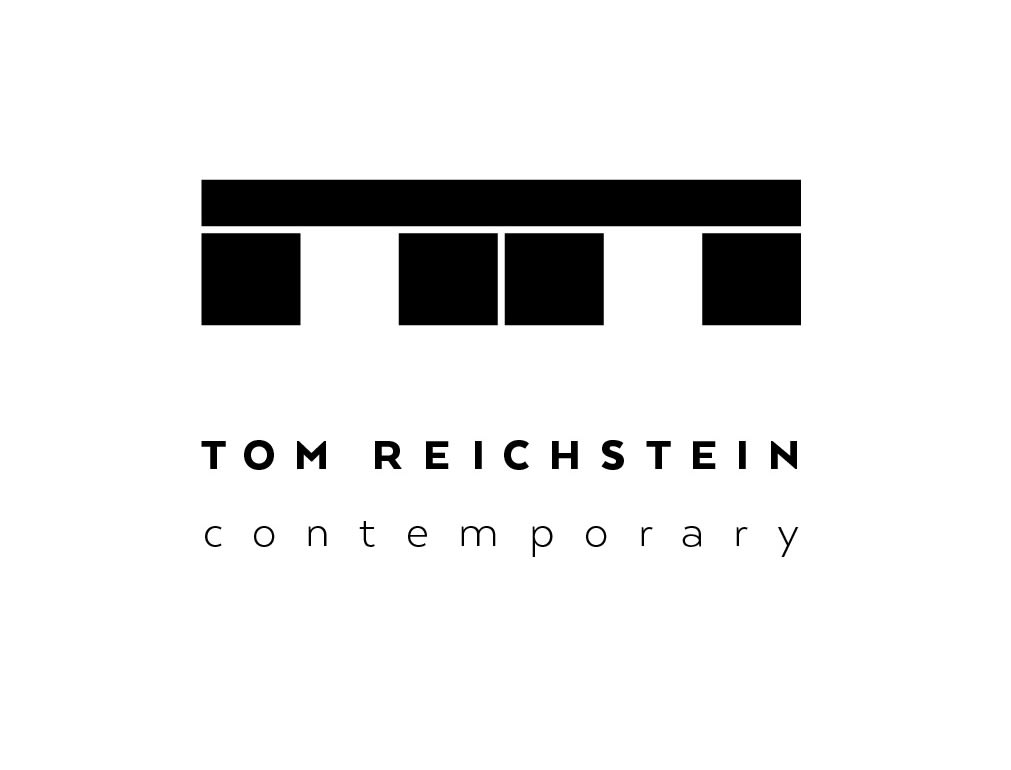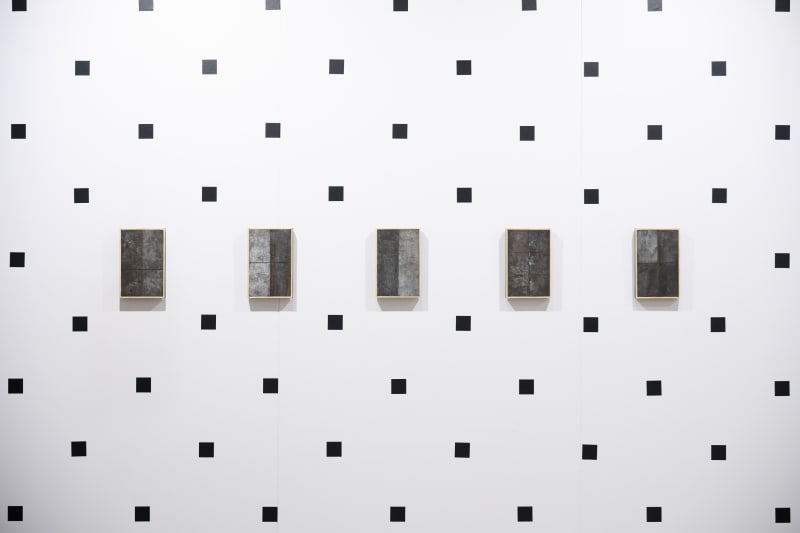Booth A4
Linus Rauch's artistic practice explores relationships - of materiality, emotions and memory; thought and sensory experience; painting and architecture. Taking diverse forms, his works are connected by a suggestive ambiguity and subtle sensuality.
Our presentation at this year's edition of Spark Art Fair Vienna brings together an architectural intervention and, with Divan (2024) and Victoria (2023), two recent bodies of work.
We all desire a foundation, familiarities, a solid ground to stand on - physically, psychologically and philosophically. And although deep down we know that any stability is at best temporary, the feeling to lose the ground under your feet is a disorienting experience.
Our presentation at this year's edition of Spark Art Fair Vienna brings together an architectural intervention and, with Divan (2024) and Victoria (2023), two recent bodies of work.
We all desire a foundation, familiarities, a solid ground to stand on - physically, psychologically and philosophically. And although deep down we know that any stability is at best temporary, the feeling to lose the ground under your feet is a disorienting experience.
Untitled (Hommage à Toroni) overtakes the structure of the booth, covering its floor and walls. The intervention, consisting of black vinyl squares, is a nod to the persistent practice of the Swiss minimalist painter Niele Toroni. Yet, in Rauch's work, besides not being painted, the squares follow a different pattern. Their size and positions are directly derived from an architectural element - octagonal tiles with square inlays, a part of a floor which Rauch became aware ofwhile preparing another exhibition project.
Soon after, in a case of frequency illusion, the pattern began to appear to him again and again: among many other places in the Theseustempel in Vienna, in a photograph of Jane Birkin by Jean-Claude Deutsch, at a coffee shop in Vietnam, in a latex cast by Heidi Bucher, in a floor mosaic from a two millennia old Roman villa, and in the apartment of his grandmother.
Soon after, in a case of frequency illusion, the pattern began to appear to him again and again: among many other places in the Theseustempel in Vienna, in a photograph of Jane Birkin by Jean-Claude Deutsch, at a coffee shop in Vietnam, in a latex cast by Heidi Bucher, in a floor mosaic from a two millennia old Roman villa, and in the apartment of his grandmother.
As a floor ornament, the little squares organize a space.
Transported to a different context, they rather subvert it.
Disorienting experiences can alter the perception of yourself and your place in the world - but once the vertigo has passed, may also open up the mind, to reconsider stubbornly held beliefs and to see new possibilities.
Victoria is a group of works which embodies this notion in a different way. The small-scale works employ charred parquet boards that Rauch retrieved from a building site - a renovation that became necessary after a fire at Berlin's Victoria Bar. Once a part of its floor, the oak pieces are now inscribed with painterly marks, left behind by many fleeting moments during intense years of nightlife, the ashen traces of the fire, the hands of the workers who removed them and, finally, the artist's interaction.
Transported to a different context, they rather subvert it.
Disorienting experiences can alter the perception of yourself and your place in the world - but once the vertigo has passed, may also open up the mind, to reconsider stubbornly held beliefs and to see new possibilities.
Victoria is a group of works which embodies this notion in a different way. The small-scale works employ charred parquet boards that Rauch retrieved from a building site - a renovation that became necessary after a fire at Berlin's Victoria Bar. Once a part of its floor, the oak pieces are now inscribed with painterly marks, left behind by many fleeting moments during intense years of nightlife, the ashen traces of the fire, the hands of the workers who removed them and, finally, the artist's interaction.
For Divan, Rauch cut upholstery fabric from abandoned couches he encountered in Berlin during walks in January and February 2024. The collected textiles were then professionally cleaned, and sewn to form continuous pieces, which were then stretched on frames, like paintings.
The title of the works can be seen as a reference to Freud's analytical couch, which, allowing for no definite body position, serves to create a certain instability and loss of control, to let associations and phantasies arise.
Text by Irina Zamfirescu
The title of the works can be seen as a reference to Freud's analytical couch, which, allowing for no definite body position, serves to create a certain instability and loss of control, to let associations and phantasies arise.
Text by Irina Zamfirescu


